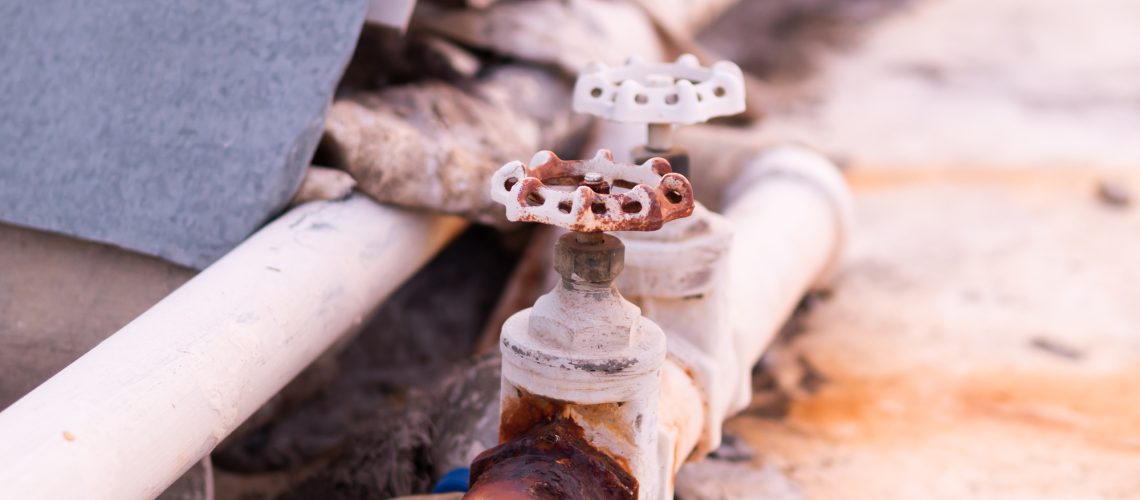Plumbing and pipeline knowledge makes life easier for everyone, from homeowners to farmers irrigating their fields. Proper plumbing care includes:
- Paying attention to pipeline corrosion
- Understanding what causes it
- Knowing how you can prevent it
Practicing pipeline corrosion prevention methods helps you avoid expensive and time-consuming problems with your irrigation or natural resource lines in the future.
What Is Pipeline Corrosion?
Pipelines transporting water, natural gas, and oil crisscross the United States in staggering numbers, often consisting of metal materials like steel, iron, aluminum, and copper. These metal pipes require regular maintenance to prevent electrochemical reactions with the materials they’re transporting from causing corrosion. Other corrosion occurs outside the lines, requiring a total understanding of potential external and internal issues for proper prevention.
Internal Corrosion
Internal pipeline corrosion occurs when resources traveling through the pipeline react with the metal of the line. Common causes include:
- The concentration of the material passing through
- Failure to protect the interior walls from the material
- Operating velocity, temperature, and pressure
- Using dissimilar metals to build the pipeline
The material coming through your pipeline may also produce or include contaminants like carbon dioxide, chlorides, or oxygen that quicken the corrosion process.
External Corrosion
External pipeline corrosion comes from damage to the pipeline’s exterior walls. If soil, air, and water react with the metal outside of a pipeline, the line may begin to rust.
Pipeline Corrosion Types
While all forms of pipeline corrosion result in similar problems, the process starts differently depending on the circumstances. Some examples of pipeline corrosion types include:
Uniform Pipe Corrosion
During this type of corrosion, the material moving through the pipeline strips away the interior wall in uniform measures. The walls continuously thin out, causing the pipeline to destabilize.
Pitting Corrosion
Pitting corrosion occurs in a limited area of the pipe and worsens over time. This corrosion often occurs due to defects in the pipe’s materials or a high volume of chemicals like chloride.
Stress Corrosion Cracking
Pipelines with minor cracks or signs of physical stress may buckle as the cracks grow. Corrosion from the interior or exterior of the pipe can speed this process along, resulting in a quick and dangerous structure failure.
Pipeline Corrosion Prevention Methods
Various coating methods exist to prevent corrosion in pipelines, including these corrosion protection methods:
Coal Tar Enamel
While this coating adheres well to steel, health concerns have risen over the years.
Epoxy
Hardy and highly adhesive, epoxy resists disbonding and can last for years. However, it requires high temperatures for application and wears down faster from abrasive substances.
Multi-layer System
Using multiple layers of polyolefin or epoxy creates a strong coating against all materials but comes with a high initial investment cost.
Learn More About Pipeline Corrosion Prevention With Southwest Florida Service & Supply
With decades of experience handling multiple types of pipelines, Southwest Florida Service & Supply in Immokalee, Florida, knows the best practices for preventing pipeline corrosion. Call (239) 657-2429 with questions about proper pipeline maintenance and care.

